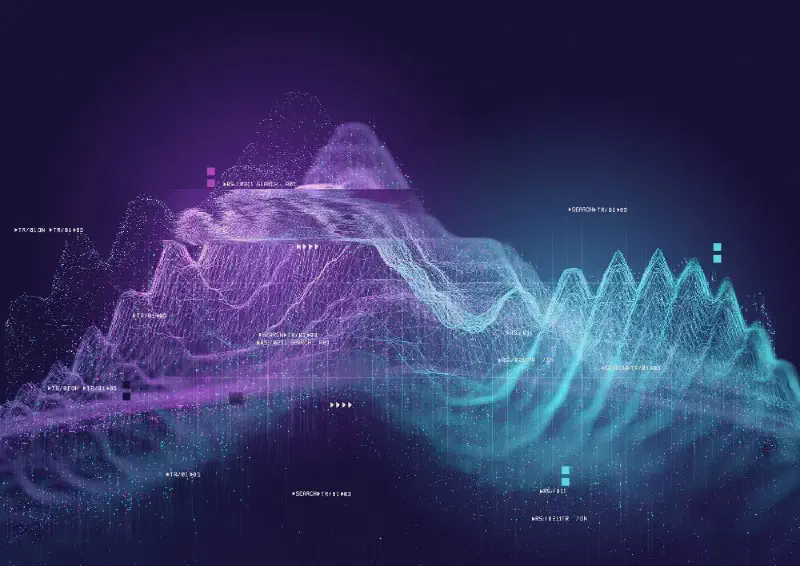In an age overflowing with data, why do so many decisions still feel…gut-based? We talk about being data-driven, but in practice, many organizations fall into old habits — relying on instinct over insight, and dashboards over direction.
This article explores the modern paradox of data abundance and decision failure — and more importantly, how to bridge that gap.
The Modern Paradox
We live in a time where data is abundant, collected in real-time, and visualized with elegance. Yet many organizations continue to act on intuition, legacy habits, or power-driven hunches.
“The tragedy isn’t the lack of data. It’s having too much data — and still deciding blindly.”
Big Data ≠ Smart Decision
Let’s be clear: collecting and storing data does not automatically make a business smart.
In fact, most organizations:
- Have dashboards, but no action plans.
- Run reports, but ignore the uncomfortable truths.
- Fund analytics teams, but override them with HIPPOs (Highest Paid Person’s Opinion).
Where the Breakdown Happens
The problem is not the data, but the translation layer — the part where data should inform real-world behavior.
Here’s where it often breaks:
- Descriptive trap: Reports tell us what happened, but not why or what to do next.
- Disconnection: Analysts report to one silo, decision-makers sit in another.
- Fear of conflict: Data may contradict leadership bias, so it’s ignored or softened.
- Action paralysis: So many metrics, no clear owner, no decision.
What “Data-Driven” Should Actually Mean
A truly data-driven organization:
- Has closed feedback loops: data → insight → decision → measurement → refinement
- Encourages evidence-based disagreement
- Aligns incentives so that teams are rewarded for learning, not just reporting
- Builds tools to enable decisions in real time, not post-mortems
How to Bridge the Gap
To move from “data-aware” to “data-smart”, businesses must:
- Embed analytics into decision points, not just dashboards
- Shift from descriptive to prescriptive analytics: what should we do?
- Assign decision owners to each insight: who acts on what, and when?
- Educate executives on what data can’t tell them: nuance, timing, judgment
Ask These Questions Today:
- What are the 3 most frequent decisions we make?
- Is there real-time data influencing them?
- Who’s responsible for acting on it?
- Are we learning from outcomes — or just moving on?
Conclusion
In the age of Big Data, the competitive edge isn’t knowing more — it’s acting smarter.
The future won’t be won by companies that collect the most data, but by those who build decision systems that actually use it.
Are you capturing data? Or converting it into change?
